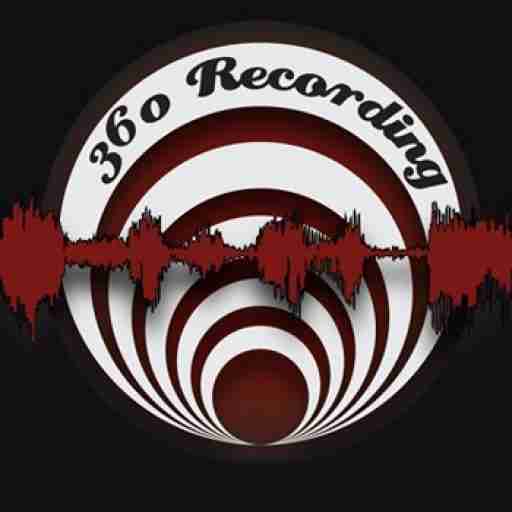Mastering audio for commercial releases is the final step in the process of creating a professional-sounding recording. It is the art of taking a finished mix and preparing it for distribution by optimizing the overall sound and making sure it meets industry standards. The goal of mastering is to make the recording sound consistent and polished, while also providing a cohesive sound across an entire album or collection of tracks.
A mastering engineer, who has specialized skills and tools, performs mastering process. The engineer begins by listening to the final mix and assessing its overall sound. They will then use a variety of techniques to enhance and refine the mix, including equalization, compression, limiting, and stereo enhancement. These techniques can be used to balance the levels of different instruments, bring out the details in the mix, and create a sense of depth and dimension.
The mastering engineer will also use specialized software and hardware to create a high-quality master file that can be used for commercial distribution. This includes ensuring that the recording meets the technical requirements for different formats, such as CD, vinyl, streaming, and online distribution. They will also add metadata, such as track titles and artist information, to the file.
One important aspect of mastering for commercial release is to make sure that the audio is loud enough to compete with commercially released music, but not so loud that it distorts or sounds compressed. This is known as “loudness normalization” and it is a process where the mastering engineer will adjust the loudness level of the recording to meet industry standards.
In summary, mastering audio for commercial releases is the final step in the process of creating a professional-sounding recording. It is the art of taking a finished mix and preparing it for distribution by optimizing the overall sound and making sure it meets industry standards. A mastering engineer uses specialized skills, tools, and techniques to enhance and refine the mix, create a high-quality master file, and ensure that the recording meets the technical requirements for different formats, while also ensuring the loudness level is appropriate for commercial release.

